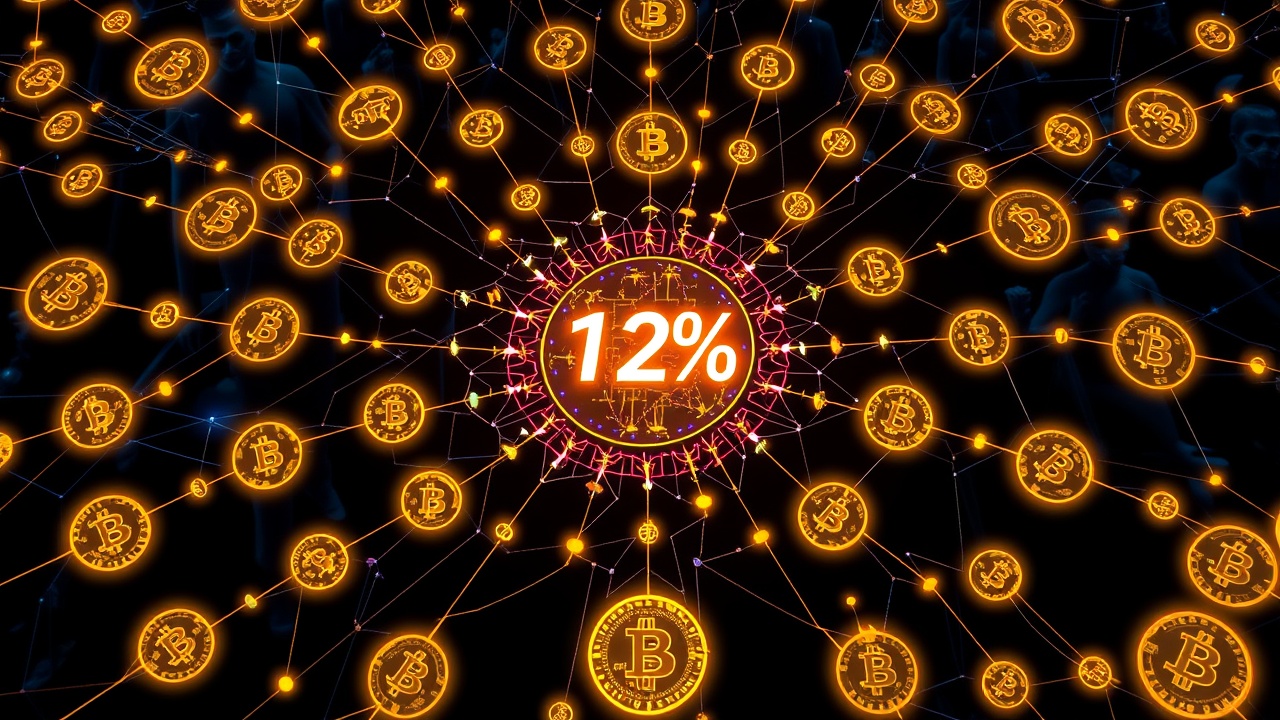Bitcoin Knots Software Gains Popularity
In recent developments within the Bitcoin ecosystem, the Bitcoin Knots software has garnered substantial traction, currently operating on over 12% of the 21,908 public Bitcoin nodes. This surge in popularity is largely influenced by ongoing discussions about proposed changes to Bitcoin Core, specifically relating to adjustments made to the OP_RETURN function and its associated data handling capabilities.
Statistics and Historical Context
Statistics from Coin Dance illustrate a consistent uptick in the adoption of Bitcoin Knots, now with 2,673 public nodes utilizing this software. This shift can be traced back to Bitcoin Core’s controversial decision to remove the 80-byte limit on OP_RETURN transactions, which historically restricted the amount of ancillary data—such as messages and metadata—that could be included in these outputs.
Differences Between Bitcoin Knots and Bitcoin Core
Unlike its counterpart, Bitcoin Knots adopts a more conservative stance, limiting OP_RETURN transactions to a maximum of 42 bytes. Additionally, it equips users with tools to help filter spam and low-value transactions. The move to Bitcoin Knots represents a clear discontent with Bitcoin Core’s deregulation of the data limit—a change that has stirred up considerable debate and is set to be included in the upcoming October 2025 release of Bitcoin Core’s code on GitHub.
Recent Growth Trends
As of late 2024, approximately 410 nodes had switched to Bitcoin Knots, marking a growth rate of roughly 12.5 new nodes activated each day over a span of 181 days. While Bitcoin Core is still responsible for the operation of 19,186 nodes, Bitcoin Knots would require about 554 days to reach half that number at its present growth pace—significantly longer than the 107 days left before the October release.
Implications of Bitcoin Knots’ Growth
While a 12% share may seem notable, the implications of Bitcoin Knots’ growth extend further. Even if it were to reach 50% node adoption, transactions with larger OP_RETURN outputs would still be facilitated, pending sufficient Bitcoin Core nodes relay them and miners integrate them into blocks. Although relay policies differ between implementations, the underlying consensus rules of the Bitcoin network validate these transactions.
Ideological Resistance
The increasing uptake of Bitcoin Knots is seen by many as a form of ideological resistance rather than merely a technical preference. For node operators, this change symbolizes a subtle yet powerful statement against the evolving policies of Bitcoin Core, serving as a form of decentralized rebellion. While Knots nodes may not directly halt the mining of transactions, they can impede the flow of more substantial data within their networks if their numbers continue to grow.




